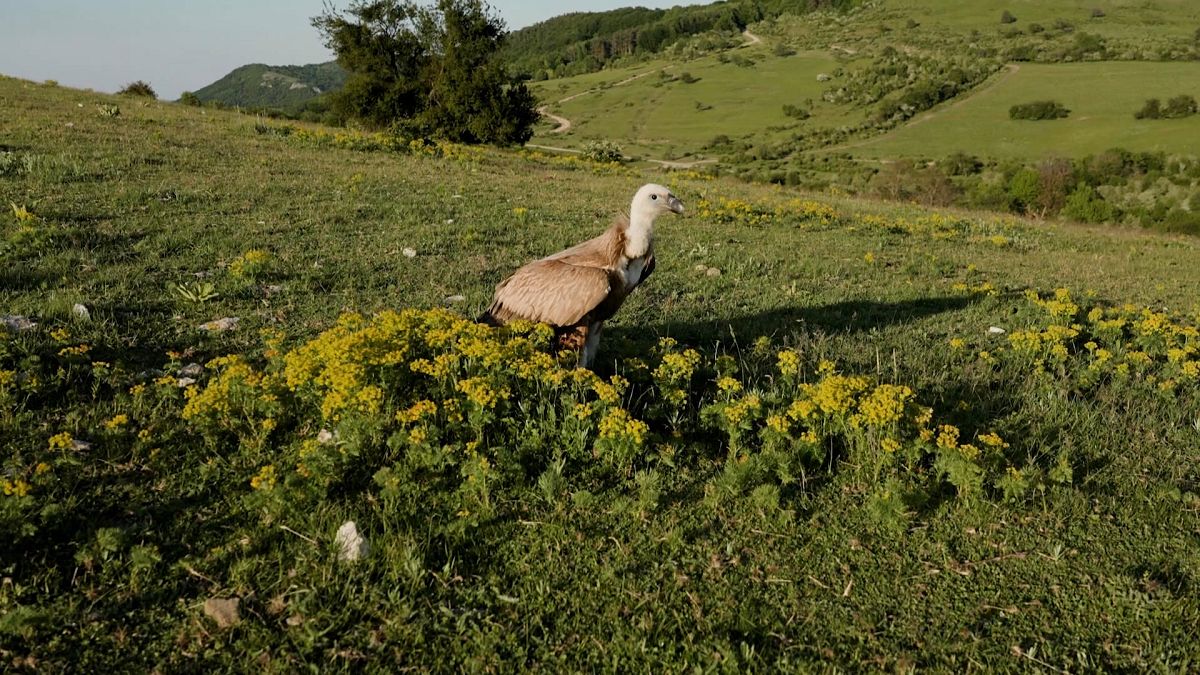

In recent years, Europe has been moving towards an era of ecological restoration and environmental mindfulness, marked by significant developments in both wildlife conservation and cultural preservation. These strides have unveiled a renewed sense of optimism and responsibility toward nurturing natural and cultural heritage.
One of the remarkable success stories is the resurgence of vulture populations in Bulgaria. Historically, vultures have faced severe persecution across Europe, leading to catastrophic declines in their numbers. However, with concerted reintroduction efforts spearheaded by conservationists, the vulture populations are beginning to see a promising recovery. These efforts include breeding programs, habitat restoration, and collaborative conservation initiatives beyond political borders. The transition towards a healthier vulture population, while encouraging, remains delicate as human activities continue to pose potential threats. Ensuring these birds soar free in the European skies requires holistic, ongoing community engagement and policy support.
This resurgence aligns with broader shifts in Europe’s conservation landscape where greater emphasis is placed on biological and environmental restoration. It highlights the importance of continuous conservation measures and the potential for reversing centuries of ecological damage when humans align their efforts with nature’s needs. As Europe embraces this new leaf of nurturing its wildlife, the efforts in Bulgaria serve as a beacon of hope and illustrate what can be achieved when communities work in harmony with ecological goals.
In another wave of positive change, the cultural sphere of Europe is also witnessing transformative developments. Venice, a city known for its breathtaking vistas and historic architecture, recently became the stage for a unique form of protest that underlines the city’s struggle with mass tourism. When billionaire Jeff Bezos planned a high-profile wedding in the iconic Canals of Venice, environmental activists, armed with inflatable crocodiles, stepped forward to voice their concerns over the implications of hosting such extravagant events in a city already grappling with the impact of over-tourism and rising sea levels. The protestors’ actions echoed the widespread sentiment that the preservation of Venice’s fragile ecosystem should take precedence over commercial interests.
The efforts of these dedicated activists culminated in a symbolic victory when the wedding venue was moved, bringing attention to the necessity of safeguarding the city’s cultural integrity. The use of creative, peaceful protest highlights the power of community voices and the effectiveness of direct action in influencing decision-making at the highest levels. Through their efforts, these activists have drawn global attention to the delicate balance between honoring cultural legacies and ensuring the sustainability of such historic urban environments.
Both scenarios underscore the emerging paradigm in Europe, where ecological and cultural mindfulness are increasingly interwoven into the social fabric. These developments reflect a deepening awareness and commitment to safeguarding both natural and cultural treasures against the backdrop of modern challenges. They also serve as a reminder of the proactive role communities and individuals play in scripting the narrative of conservation and sustainable development.
As Europe continues to navigate these dynamic shifts, these stories symbolize hope and resilience. They set an inspiring example for global efforts aimed at striking harmony between progress and preservation. Through collective action and sustained dedication, significant strides can be made towards ensuring that the rich tapestry of Europe’s natural and cultural heritage is preserved for future generations to admire and cherish.
Source: {link}
